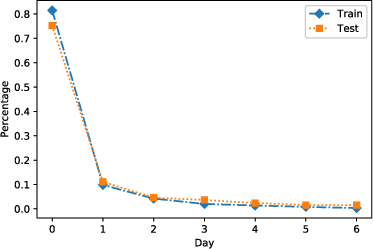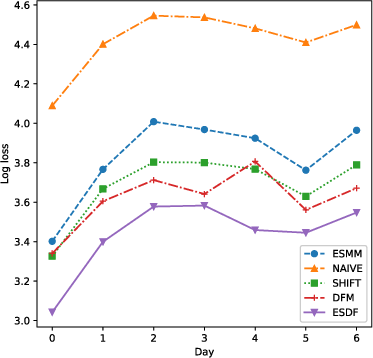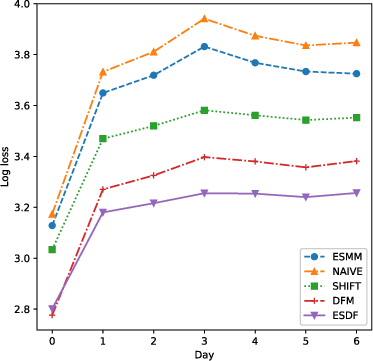Delayed Feedback Modeling for the Entire Space Conversion Rate Prediction (2011.11826v1)
Abstract: Estimating post-click conversion rate (CVR) accurately is crucial in E-commerce. However, CVR prediction usually suffers from three major challenges in practice: i) data sparsity: compared with impressions, conversion samples are often extremely scarce; ii) sample selection bias: conventional CVR models are trained with clicked impressions while making inference on the entire space of all impressions; iii) delayed feedback: many conversions can only be observed after a relatively long and random delay since clicks happened, resulting in many false negative labels during training. Previous studies mainly focus on one or two issues while ignoring the others. In this paper, we propose a novel neural network framework ESDF to tackle the above three challenges simultaneously. Unlike existing methods, ESDF models the CVR prediction from a perspective of entire space, and combines the advantage of user sequential behavior pattern and the time delay factor. Specifically, ESDF utilizes sequential behavior of user actions on the entire space with all impressions to alleviate the sample selection bias problem. By sharing the embedding parameters between CTR and CVR networks, data sparsity problem is greatly relieved. Different from conventional delayed feedback methods, ESDF does not make any special assumption about the delay distribution. We discretize the delay time by day slot and model the probability based on survival analysis with deep neural network, which is more practical and suitable for industrial situations. Extensive experiments are conducted to evaluate the effectiveness of our method. To the best of our knowledge, ESDF is the first attempt to unitedly solve the above three challenges in CVR prediction area.
Sponsor
Paper Prompts
Sign up for free to create and run prompts on this paper using GPT-5.
Top Community Prompts
Collections
Sign up for free to add this paper to one or more collections.




